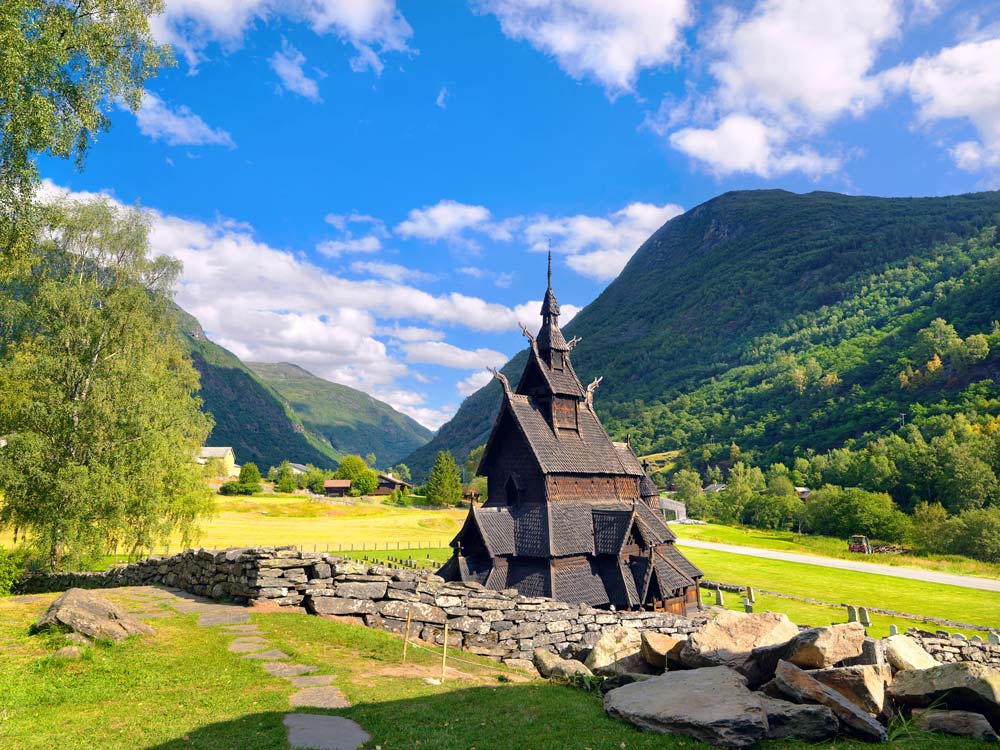That’s another name given to the Sognefjord, and with good reason. It is the largest and deepest fjord in Norway, with a length of 128 miles and a staggering depth of over 4,000 feet. Throughout the course of 40 ice ages, glaciers and rivers carved the Sognefjord from the earth at a rate of only one millimeter a year. You can still see the remains of the glacier from the last ice age, a stark contrast to the lush, forested mountains that rise from the depths of the fjord.
Like most larger fjords, it is connected to the ocean and is therefore a saltwater marine habitat. The underwater landscape is as steep and rugged as the mountains that tower over it, and there is an abundance of unusual deep-sea life not too far from land. This has given scientists a wonderful opportunity to study deep-sea creatures that would be much harder to get to in the open ocean. 4,000 feet deep is considered the “midnight zone” in the ocean, and creatures have evolved there to withstand the unique environment. Some species, like the helmet jellyfish, would actually die if exposed to direct sunlight. Some species are bioluminescent, glowing to attract mates or to dissuade predators. The variety is jaw-dropping and fascinating.
The terrain surrounding the fjord is also home to some of the unique attractions that Norway has to offer. Dotted along the shores of the fjord are some of the last of the 28 remaining stave churches in Norway. The town of Mundal (or Fjærland) is also known as the Norwegian Book Town. It has about 2.5 miles of bookshelves with books for sale in different shops all around town. Some of the oldest and most historic hotels in Norway are scattered along the length of Sognefjord. One of them, the Walaker, is thought to be the oldest hotel in Norway. It dates back to 1640!
You can watch a beautifully filmed documentary on the sea life in the great fjords of Norway on YouTube, entitled: “The Norwegian Fjords: Life in the Twilight.”

